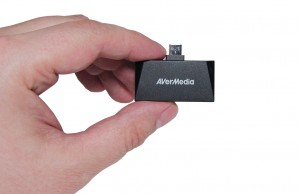The battle against video piracy has intensified: from smartphone-toting movie theatre goers to organised crime, consumer demand for premium video content drives pirates to develop increasingly sophisticated ways to make content available illegally. To tackle this challenge, the content industry is deploying a range of content protection solutions across the entire video preparation and distribution life cycle.
Ukraine has been plagued with some of the world’s highest piracy rates, to such an extent that it is among the top 10 countries for copyright violations on the American Priority Watch list. However, the government is now tackling the issue by enforcing copyright laws, as well as deploying more content protection measures such as forensic watermarking.
While it is clear that a proportion of the population still don’t recognize video piracy as theft, other consumers are being misled by pirate offerings, which can look so professional that fans mistake them for legal services and are duped into paying a monthly subscription fee for access, or are unknowingly allowing malware onto their devices when they access “free” premium sports & movie sites. As the past UEFA Euro 2016 was live streamed on Facebook and the Olympics Games Rio 2016 live streamed on YouTube in some regions, this has further blurred the lines for fans between official and unofficial content providers and social platforms. Live streaming services like Periscope and Meerkat have made it even easier for consumers to illegally stream live broadcasts, complicating the topic even further.
To offer effective security measures, the content industry needs a three-step approach consisting of:
- Conditional Access (CA) / Digital Rights Management (DRM)
- Takedown notices
- Forensic watermarking.
CA and DRM are designed to only allow authorized fee-paying consumers to access premium content. Takedown notices are a way for content owners to request that unauthorized content be removed from websites. While both these methods can be effective, they are both significantly enhanced when combined with forensic watermarking.
Developed for the purposes of protecting intellectual property, forensic watermarking involves the insertion of a unique, invisible code into a media asset or live signal that serves as an indelible subscriber-level identifier, regardless of how that video content might subsequently be transcoded, resized, downscaled, cropped or otherwise altered for illicit re-distribution. By analyzing pirated video, watermarking detection identifies in real time the unique source of unauthorized OTT, VoD and live TV re-streaming by a rogue subscriber. NexGuard’s forensic watermarking works across the entire quality spectrum from standard resolution live streaming apps to 4K/Ultra High Definition (UHD) and High Dynamic Range (HDR) video.

















